[REVIEW] Razorback (1984)

Runtime: 95 mins
Rated: R
What To Expect: Ozploitation classic worth seeing despite its flaws
Razorback can best be described as Jaws in an Australian outback setting with people being killed by a large marauding pig rather than a killer shark. As far as the quality of these types of creature features go, this Ozploitation effort falls pretty much in the middle – while not as brilliant as Jaws, it’s certainly not as dire as Jaws 3 or Jaws the Revenge. Former music video director (and future straight-to-DVD flick purveyor) Russell Mulcahy made his feature film debut as director here, resulting in a generally enjoyable horror flick thanks to its nostalgic ’80s vibe, an engaging visual style, a few moments of genuine terror, and its camp appeal. Nonetheless, Razorback is marred by special effects restrictions and a poorly designed narrative which inadvisably concentrates more on boring villainous machinations than fun exploitation elements.
New York journalist Beth Winters (Judy Morris) is a vehement animal rights activist, and for her latest assignment she travels to the small town of Gamulla in the Australian outback to investigate the problematically widespread kangaroo slaughtering industry. Things do not go especially well for Beth, though – the colourful locals make her feel unwelcome, and she soon goes missing. Hearing the news of her disappearance, Beth’s partner Carl (Gregory Harrison) travels to Gamulla in search of answers. Not long after, he meets an embittered hunter (Bill Kerr) and a few unsavoury locals. It soon becomes clear to Carl that the community is being terrorised by a large marauding razorback with a taste for human flesh.
A film solely focused on the effects of a killer pig on a small outback community would have easily been enough to sustain an 80-minute exploitation movie. Unfortunately, Razorback becomes weighed down by a wholly unnecessary subplot concerning evil kangaroo hunters which detracts a degree of focus, momentum and fun. Nevertheless, there’s a lot to enjoy here. Using Jaws as a template in the way that the titular pig is not clearly glimpsed until the third act, the razorback attack scenes are fast, vicious, gory and aggressive, culminating with a climactic confrontation that’s genuinely nail-biting. In its uncut form, Razorback is even better, with a larger amount of exploitative (Ozploitative?) gory violence. Director Mulcahy was clearly limited by the special effects available to him at the time which are by no means perfect, but the marauding beast nonetheless looks mean and serviceable enough.
Before Mulcahy made his debut with Razorback, the Australian filmmaker was known as one of the most stylish music video directors in the industry, having made videos for such ’80s musicians as Duran Duran and Elton John. In keeping with his background, the film looks like a product of the MTV generation, and this is a very beneficial asset. Leaps and bounds superior to lazier, more stereotypical horror films, Razorback is exceptionally stylised, with frequently artistic shot construction. After all, what else would you expect from the combined instincts of Mulcahy and Oscar-winning cinematographer Dean Semler (Max Mad 2, Dances With Wolves)? To the credit of Mulcahy and Semler, there is barely a scene that goes by that is not rich with atmosphere; a testament to the filmmakers’ ability to both make the most of a tiny budget and present a rather ridiculous premise with visual panache.
The visual styling clearly took precedence over plotting and acting, but at least the acting is not necessarily awful here. Bill Kerr impresses the most, slipping into his role of the gruff razorback hunter with often intense and engaging results. In the stereotypical hero role, Gregory Harrison is believable though by no means outstanding, and Judy Morris made the most of her somewhat thankless role of Beth. Meanwhile, Chris Haywood and David Argue are the proverbial villains of the story, and they seem to have been lifted straight out of the Mad Max series due to their behavioural instincts and costuming. They’re serviceable enough, but entirely clichéd and unremarkable.
Unfortunately and unexpectedly, Razorback foundered at the box office in both America and Australia during its 1984 theatrical release despite its distributors having confidence in the final product. Fortunately, though, it eventually found its audience on home video before transforming into a minor cult classic. Heck, Jaws director Steven Spielberg is even a big fan of this outback monster movie, while Quentin Tarantino can also be counted among the film’s self-confessed fans.
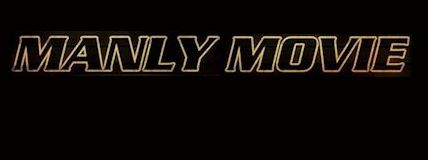

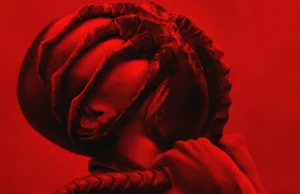
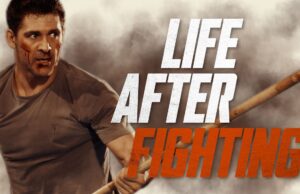
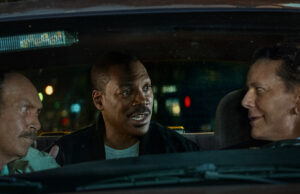
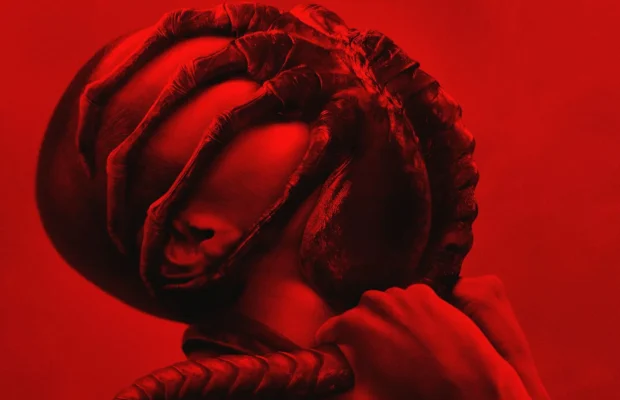









5 Comments